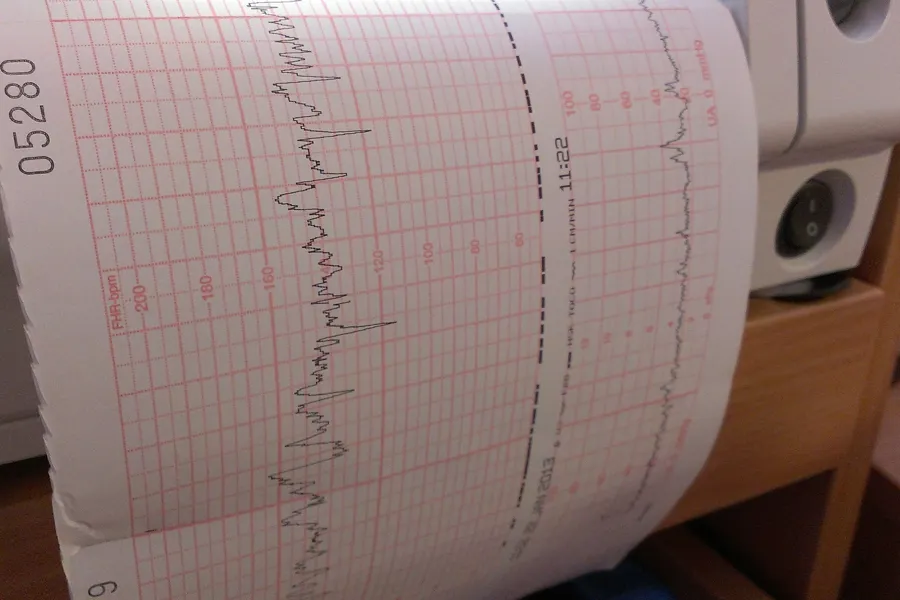Multicentre study investigates determinants of LA reservoir and pump strain
In the most cited article published in European Heart Journal Cardiovascular Imaging these past two years, the authors of this multicentre study conclude that accuracy of LA strains to identify elevated LV filling pressure was best in patients with reduced LV systolic function. High values of LA pump strain, however, identified normal LV filling pressure with good accuracy in patients with normal systolic function.

For application in clinical diagnostics, it is important to understand which factors other than LV filling pressure determine the magnitude of the LA strain components. Therefore, the present multicentre study investigates determinants of LA reservoir and pump strain by studying patients with a wide range of cardiac disorders. Furthermore, the study investigates how LA strain may be used in combination with other echocardiographic parameters in the evaluation of LV filling pressure. The study is done with echocardiographic equipment from different vendors, and invasive pressure is used as gold standard for LV filling pressure.
Demonstration of elevated left ventricular (LV) filling pressure is important for the heart failure (HF) diagnosis. In a joint recommendation from the American Society of Echocardiography (ASE) and the European Association of Cardiovascular Imaging (EACVI), it was proposed to use a combination of several echocardiographic parameters to evaluate LV filling pressure. The validity of this approach was recently confirmed in two multicentre studies with invasive pressure as gold standard. However, a limitation of this multi-marker approach for estimation of LV filling pressure is that a number of patients remain uncategorized due to lack of one or more of the required echocardiographic parameters. Left atrial (LA) reservoir and pump strain measured by speckle tracking echocardiography are proposed as supplementary markers of LV filling pressure.
Left atrial reservoir and pump strain are determined predominantly by LV GLS and filling pressure. Accuracy of LA strains to identify elevated LV filling pressure was best in patients with reduced LV systolic function. High values of LA pump strain, however, identified normal LV filling pressure with good accuracy in patients with normal systolic function.
Read more in:
Determinants of left atrial reservoir and pump strain and use of atrial strain for evaluation of left ventricular filling pressure
Eur Heart J Cardiovasc Imaging. 2021 Dec 18;23(1):61-70.
Katsuji Inoue, Faraz H Khan, Espen W Remme, Nobuyuki Ohte, Eusebio García-Izquierdo, Michael Chetrit, Vanessa Moñivas-Palomero, Susana Mingo-Santos, Øyvind S Andersen, Einar Gude, Arne K Andreassen, Tom Kai Ming Wang, Shohei Kikuchi, Marie Stugaard, Jong-Won Ha, Allan L Klein, Sherif F Nagueh, Otto A Smiseth
PMID: 33496314
PMCID: PMC8685600
DOI: 10.1093/ehjci/jeaa415